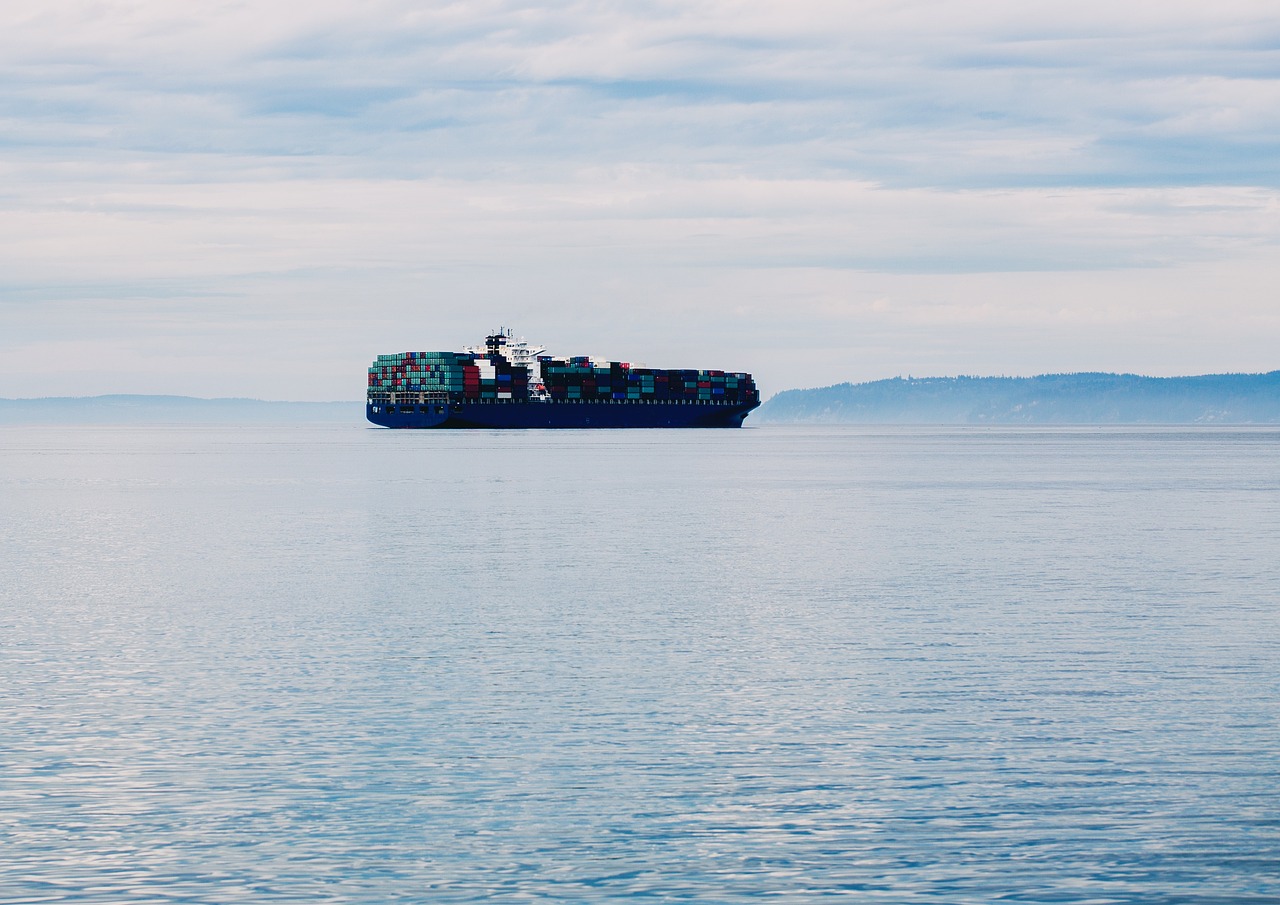The UK Government’s consultation on ‘Building the North Sea’s Energy Future’ groups together offshore wind, carbon capture, utilisation and storage (CCUS) and hydrogen as crucial technologies to secure net-zero requirements as oil and gas extraction in the North Sea declines.
The UK currently has 24 low-carbon hydrogen plants in operation and 140 are under various stages of development, with 90 in early development phases.
By 2030, the government is targeting 10GW of low-carbon hydrogen production with the aim of attracting “over £1bn [$1.33bn] of private sector investment into the UK by 2029”.
Provided all the under-development projects come online by 2030, the overall capacity for low-carbon hydrogen in the UK would reach 2.1 million tonnes per annum.
However, GlobalData oil and gas analyst Ravindra Puranik states that for a “sustained push towards a hydrogen economy, more efforts are needed to meet the UK’s energy needs while meeting its emission goals”.
Hydrogen is competing for investment with other offshore energy heavyweights such as wind farms. Globally, the UK is second only to China’s offshore wind market and has 14.7GW installed with another 13.3GW in construction, with Britain’s offshore market having been under sustained development for several decades.
Comparatively, the government has been slow to support the commercialisation of hydrogen, starting its First Hydrogen Allocation Round (HAR1) in 2023 and shortlisting 27 projects in HAR2 on 7 April, with contracts for HAR3 to be awarded in 2026.
Further complicating matters is the market’s internal split between blue hydrogen, which is extracted from natural gas, and green hydrogen, which is produced through electrolysis. The majority of the UK’s planned projects are for blue hydrogen, with the first three green hydrogen production projects only announced in December 2024.
Green hydrogen is still in the early stages of development with 79.46% of capacity worldwide in the feasibility stage, according to the GlobalData’s hydrogen database. The UK Government’s hydrogen ambitions include achieving 10GW of low-carbon hydrogen production by 2030.
However, the success of the green hydrogen economy in the UK is likely to be dependent on sustained demand, efficient production and distribution via suitable transport infrastructure. These require consistent funding while being able to overlook operational losses in the short to medium term.
Just as hydrogen is being discussed alongside offshore technologies, its close ties with oil and gas processes pose further difficulties in the government’s plans for a sustainable offshore energy industry. Primarily, hydrogen is used as an essential feedstock in downstream oil and gas processes and a reagent in the refining sector.
However, the environmental mood music in the UK could even be turning against net zero, with former UK Prime Minister Tony Blair now calling for a major rethink of green policies.
In a new report, cited by several UK media outlets, he said voters “feel they are being asked to make financial sacrifices and changes in lifestyle when they know the impact on global emissions is minimal”.
The Conservatives have openly opposed the 2050 net-zero emissions target, although Downing Street said policies would continue unchanged.
Puranik points out that despite the challenges inherent in co-locating energy technologies in the North Sea, this can also spur development of slower and smaller industries such as hydrogen. “For example, offshore wind farms may be crucial to operate the electrolysers essential for the production of green hydrogen”, he added.
Indeed, there are ongoing explorations into repurposing offshore oil and gas infrastructure for hydrogen production, such as the 500MW Hydrogen Offshore Production initiative, which is currently being designed using CNR International’s Ninian Central platform as a template.
The potential to transition oil and gas workers into the offshore renewables workforce is also being spotlighted. According to trade association Hydrogen UK, the sector could support approximately 30,000 direct jobs by 2030.
The UK Labour Government’s Skills Passport went online in January to support this but questions remain around the practicalities of training and a fair allocation of workers across different co-located offshore industries.
Puranik confirmed that that “internationally, low-carbon hydrogen projects are taking a while to progress from announcement to actual realisation, primarily due to two reasons – project financing and subdued demand.”
According to the International Energy Agency (IEA), as of September 2024, a total of 58 governments, the EU and the Economic Community of West African States had a hydrogen strategy in place.
China is the global leader in hydrogen deployment with more than 9GW at advanced stages of development and an estimated annual capacity of 3.5 million tonnes. According to a report by the World Economic Forum, China’s hydrogen industry is working to provide a ‘China solution’ for the development of the sector that other countries could model at a smaller scale.
The outlook for hydrogen in Europe is also positive, with a recent GlobalData report entitled Europe Renewable Energy Policy Handbook 2025 revealing a promising trajectory for the growth of green hydrogen in the region due to strategic auctions and combined funding from EU nations. In the Innovation Fund’s 24th auction, which concluded in February, Spain, Lithuania and Austria collectively committed over €700m ($794.67m) to support renewable hydrogen production projects within their territories.
On the global level, during COP29 there were renewed calls for the acceleration of the Hydrogen Declaration, underscoring the role of low-carbon hydrogen in reaching global net-zero targets.
In the meantime, how the UK Government will classify hydrogen within its vision for “integrated energy hubs that combine multiple technologies” remains unclear.
“If we get it right, the North Sea can have a prosperous future which creates and safeguards employment and generates multibillion pound investments in all offshore energy projects,” North Sea Transition Authority chief executive Stuart Payne told attendees at Innovation Zero in London on 29th April.
“If we get it wrong, we risk losing the vital support of the public and from investors, and risk missing out on opportunities for growth, jobs and energy security,” he added.






